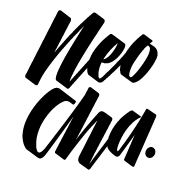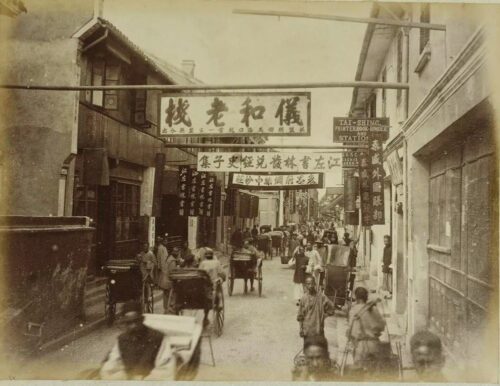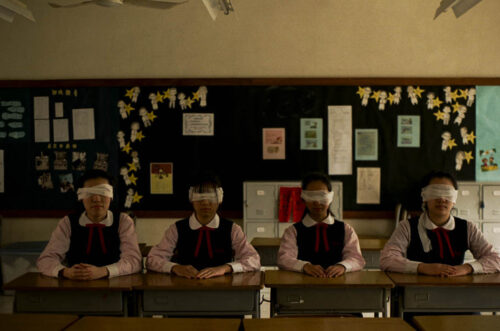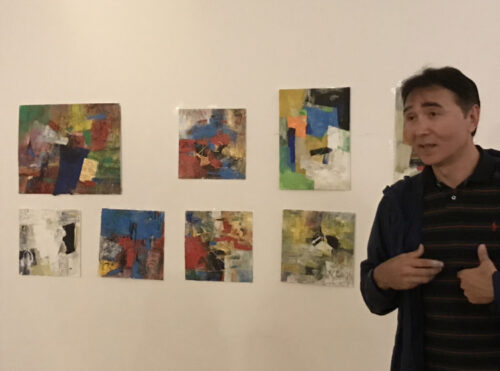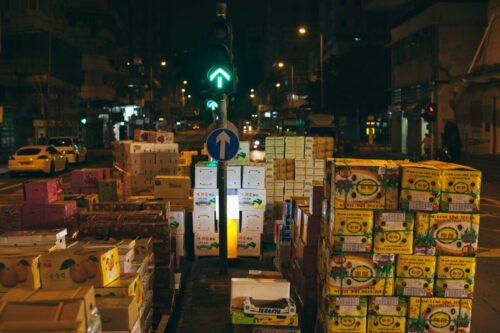Xiangyue sees the world through a different lens
In a world where so much has been invested into developing and proliferating digital media, it seems meaningful that Xiangyue sees the digital realm as the one where an image would stagnate.
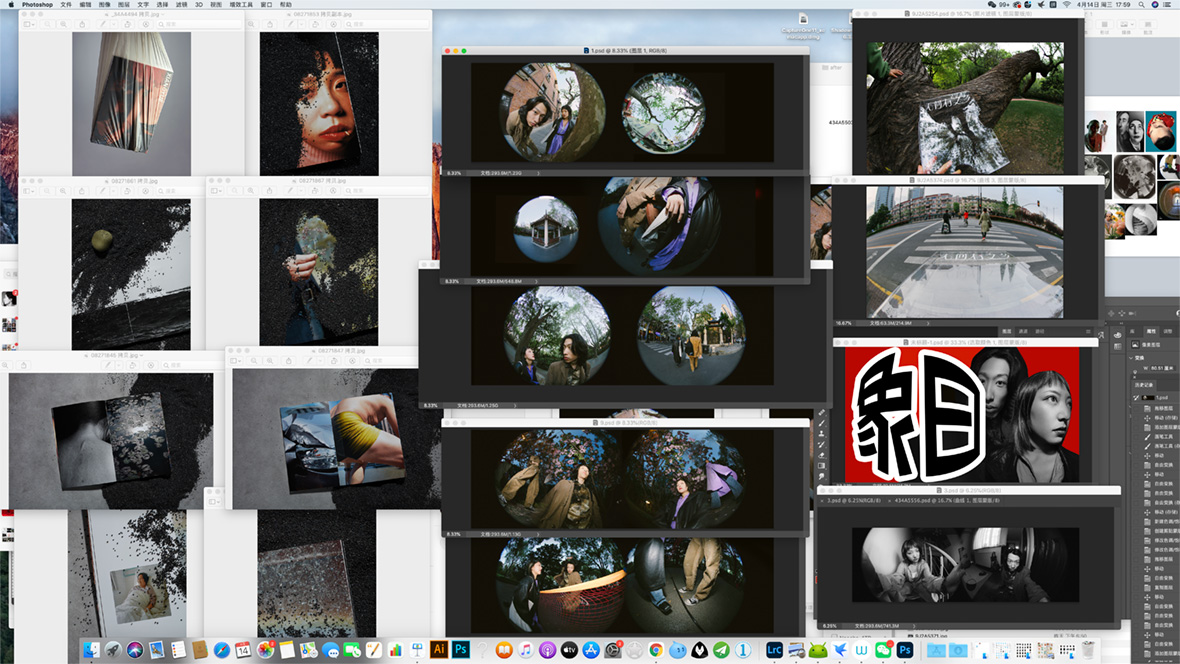
This article was originally published on Neocha and is republished with permission.
Xiangyue is an independent platform dedicated to building a community around art photography. In support of this effort, online, it publishes WeChat articles and Bilibili vlogs, its content running the gamut from artist interviews to explorations of how to analyze a photograph; offline, it hosts workshops and photography exhibitions. Based in Shanghai, it currently consists of a small team of three: Liú Bō 刘波, Dīng Dīng 丁丁, and Zhōng Línjiāng 钟林江. One of their various endeavors is their eponymous photo books, which compile the work of a few dozen photographers per issue.


In the early stages of building the Xiangyue community, the team started a WeChat group in which members could only share photos, and nothing else. The rule was strictly enforced, and whoever sent anything else was booted from the group. As the chat room became flooded with images, an idea began to form, one that ran counter to the conventional fascination with digitalization. “We thought it would be such a pity for these outstanding works to languish on a phone screen,” says Zhong. “If the pictures were in a book, presented in the medium of paper, it would allow these works to last forever—it would truly embody their value.” Inspired, they set up a crowdfunding page and opened a call for submissions for the first issue, which ultimately came out in October 2019. Three photobooks have been published since, and the fourth is imminently on the way.

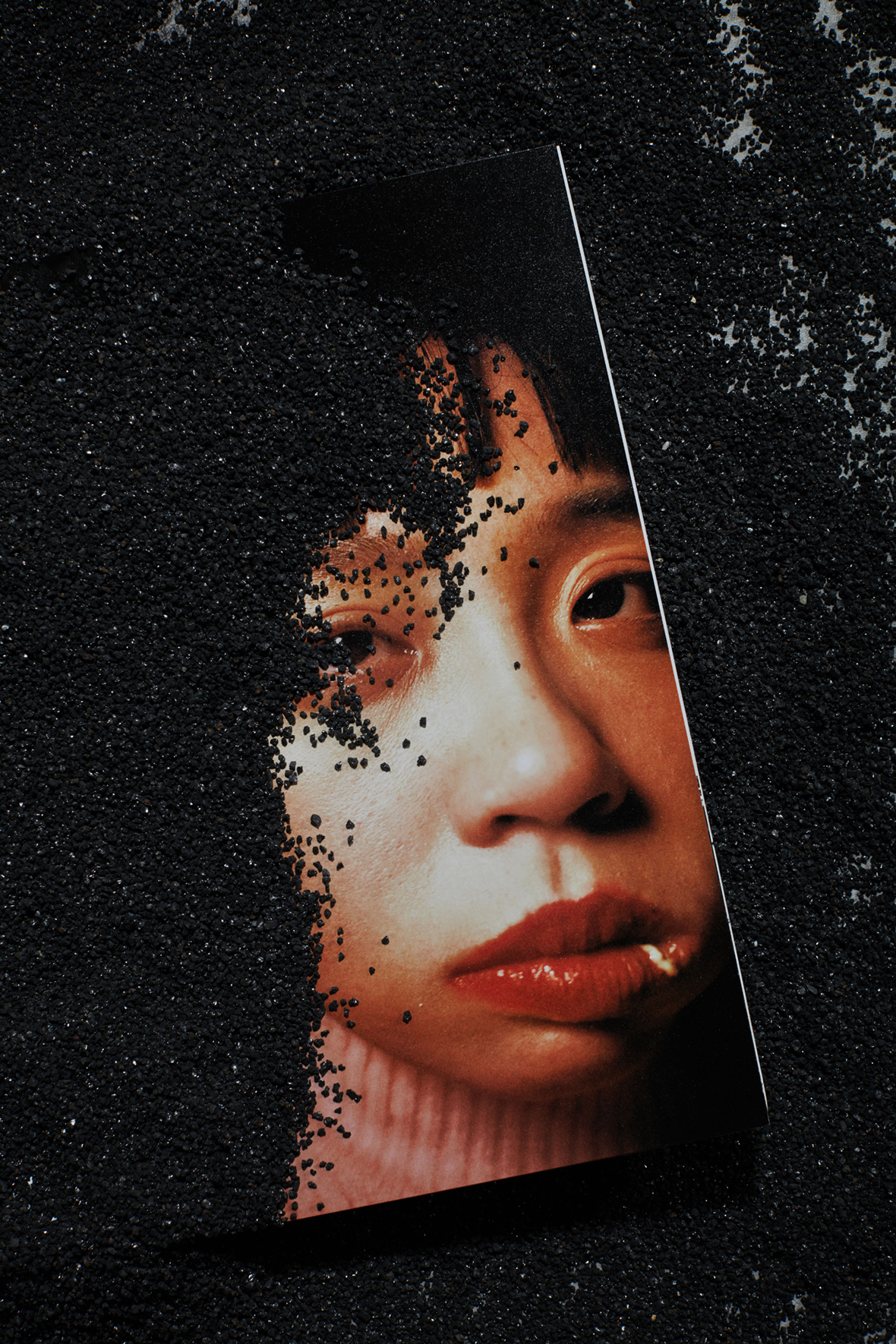
In a world where so much has been invested into developing and proliferating digital media, it seems meaningful that Xiangyue sees the digital realm as the one where an image would stagnate. It’s easy to understand why, though: online, an image can drown among a billion others. In book format, by contrast, we can see and feel where a book begins and ends, and perhaps that familiar limitation still makes for a better experience of content than the limitlessness of the digital world.
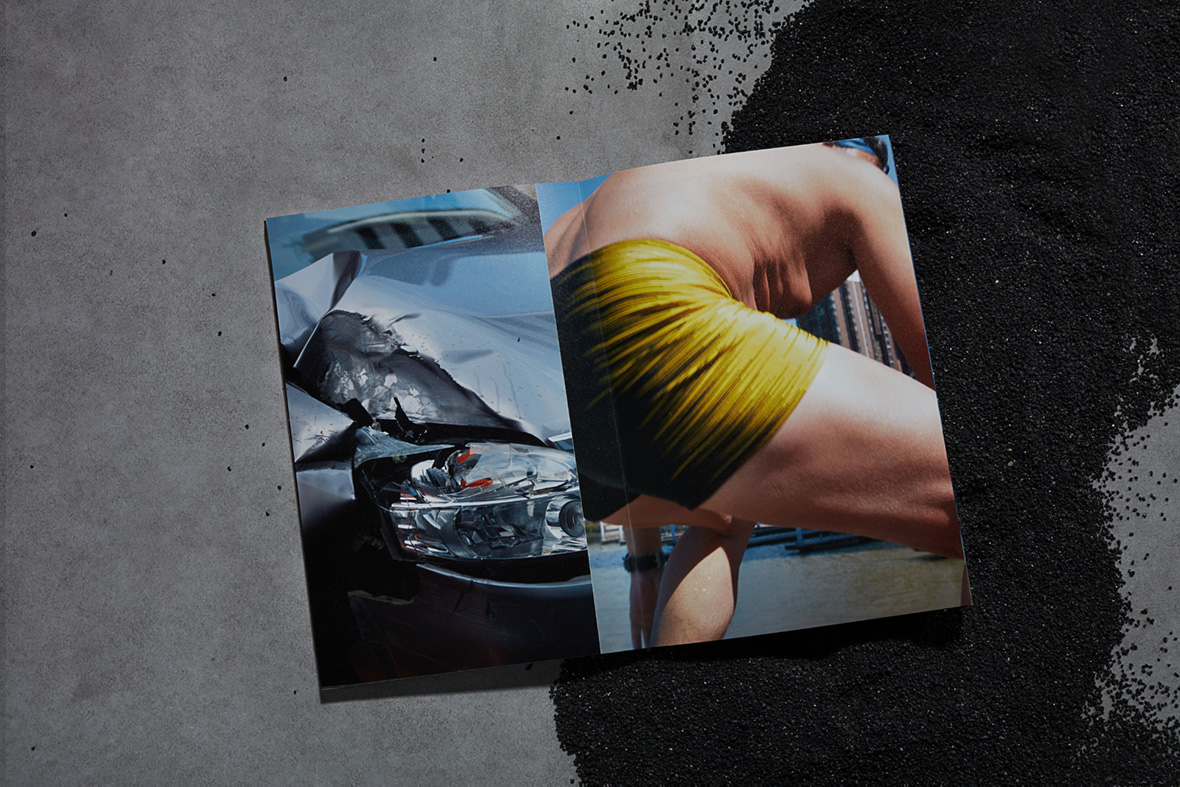
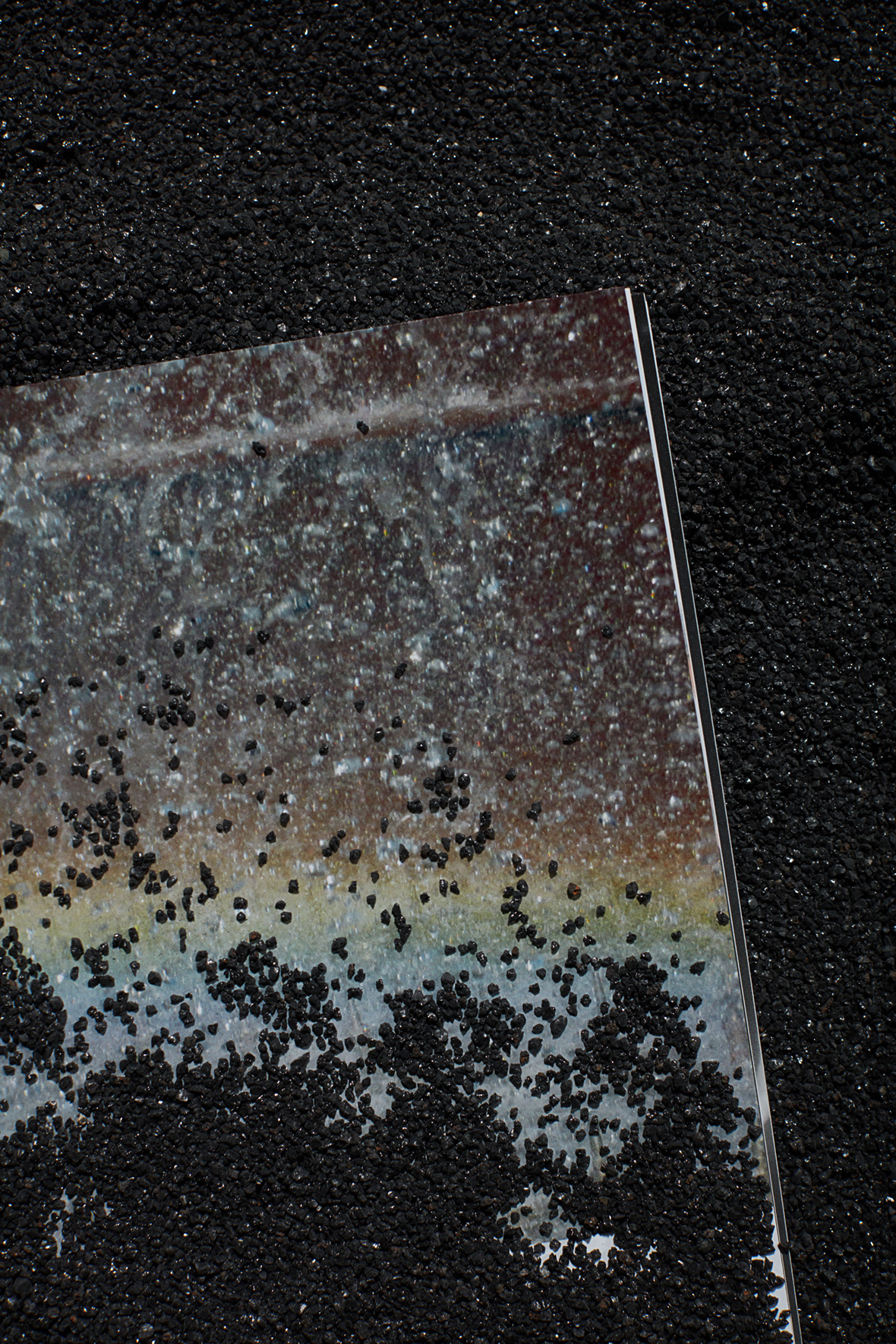
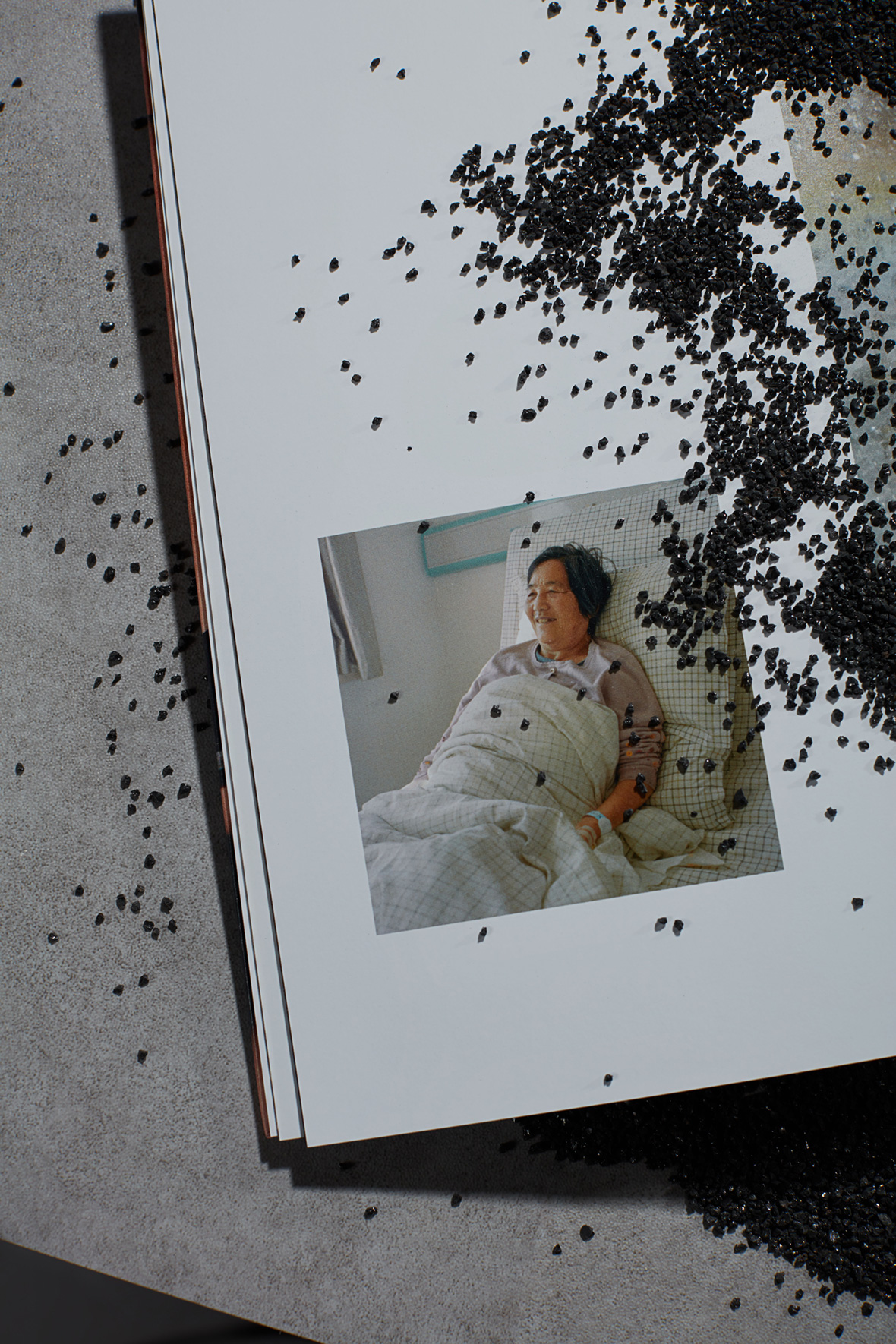
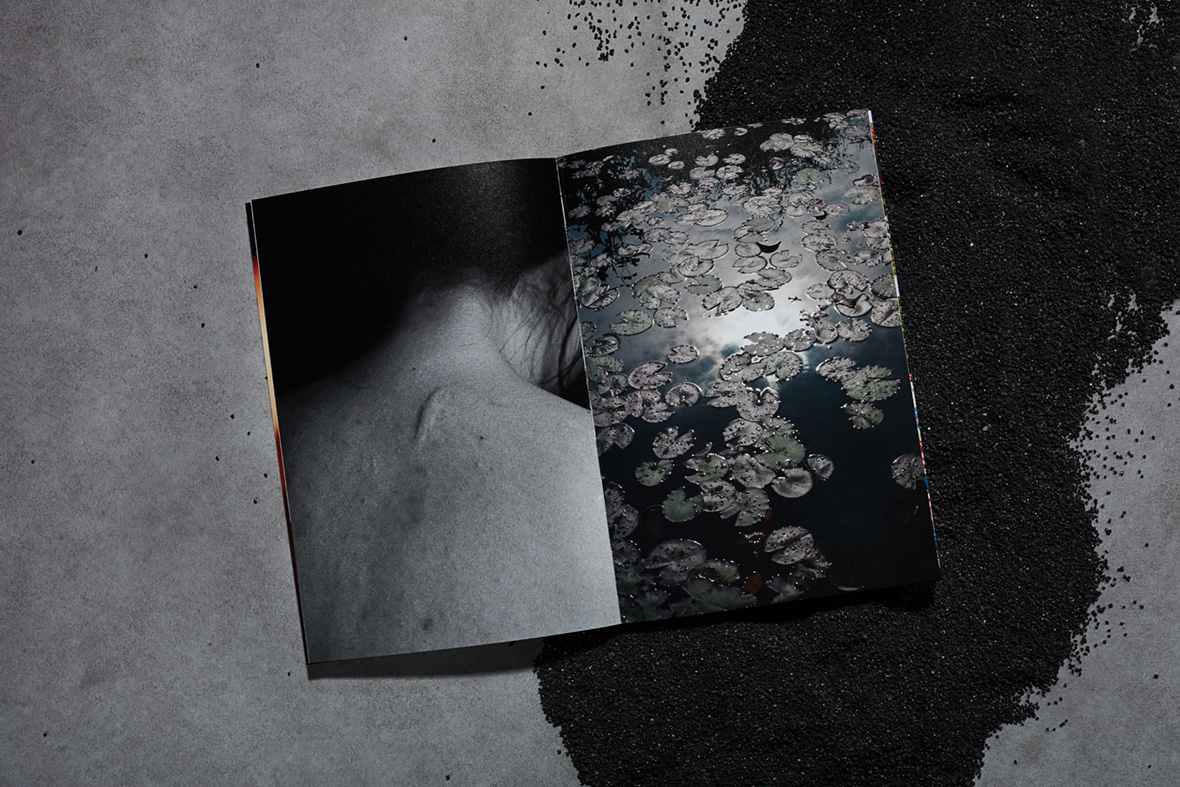
Zhong says many of their followers have asked about the origin of the name Xiangyue (象曰 in Chinese). The name was chosen by Xiangyue founder Shitou, who passed away last March, and to whom the third issue is dedicated. Xiang is one way to say “appearance” or “image,” but its original meaning is “elephant”–and surprisingly, the double meaning illustrates something of Xiangyue’s ideology.
Since elephants were a seldom-seen animal in ancient times, they came to stand in for distant or abstract concepts; the character is thus often used in words involving “the indefinite, the ambiguous,” says Zhong, offering examples such as imagine [想象], abstract [抽象], impression [印象], and maybe most importantly, image or imagery [意象]. The second syllable yue [曰] means to say or convey, so the more direct interpretation is simply of an image saying something. But the name intentionally retains another sense that’s far more nebulous.
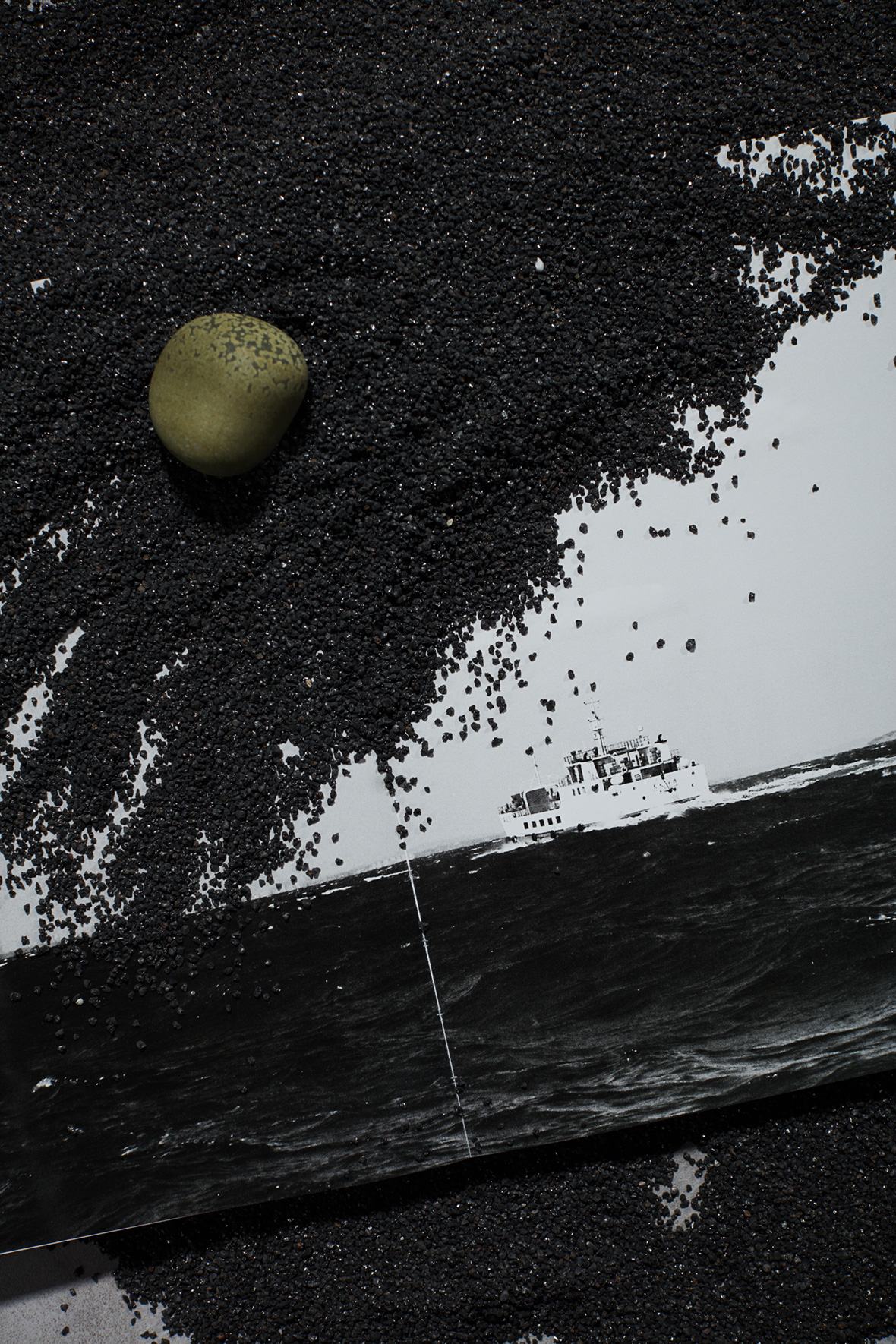
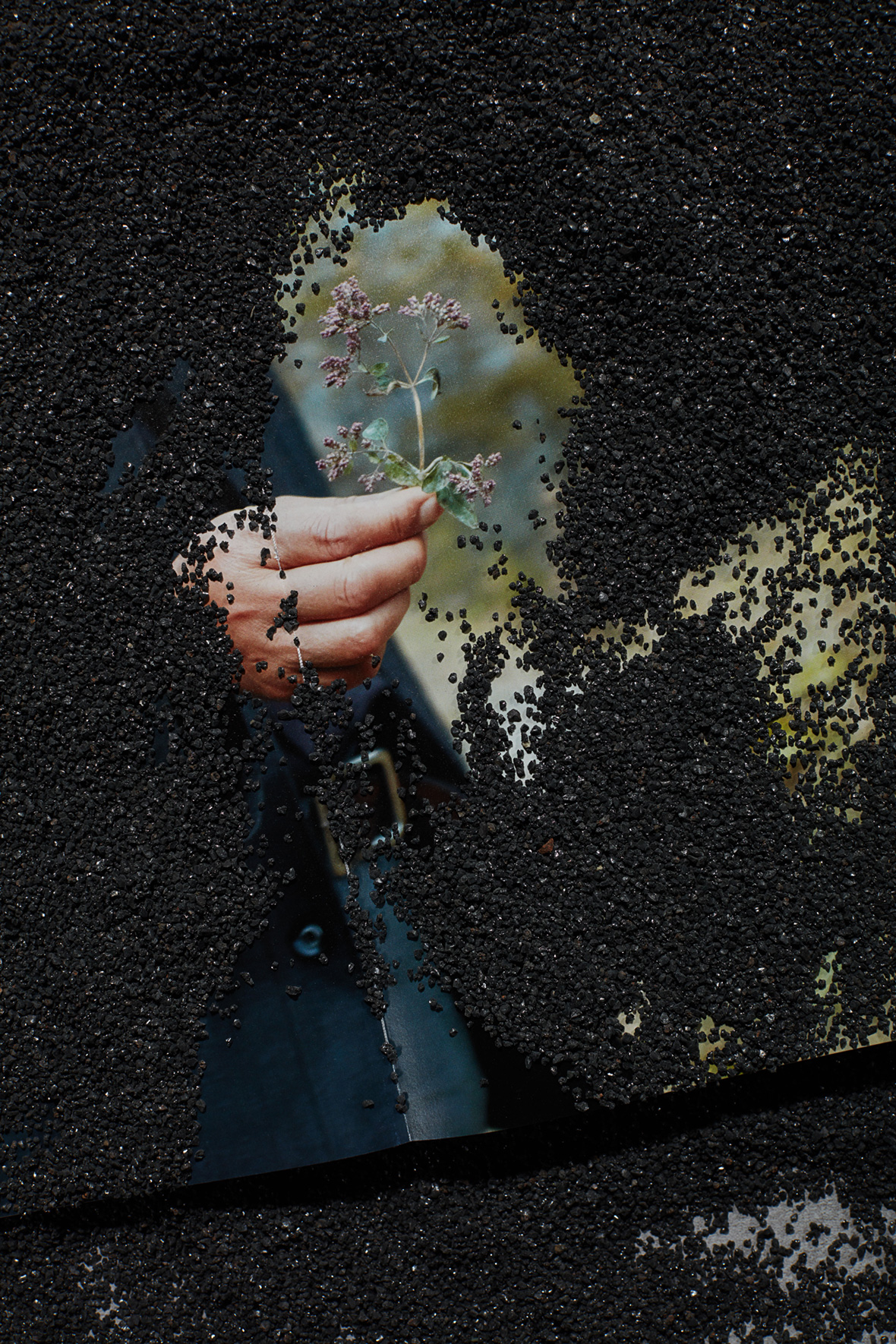
This looser sense truly shows itself in the third issue of Xiangyue. Between the accessibility of smartphone cameras and photo editing software, the “perfect” shot seems more obtainable than ever – but that’s precisely what they’re veering away from. “There are many ways for a photo to be good,” says Zhong, initially shrugging off my question about how he curates photos for the books. “But personally,” he allows, “one kind of picture I would not select is the kind that underwent extremely painstaking polishing.”
The theme for the issue is a Chinese idiom, “the fish sink and the birds fall,” which describes animals’ reactions to profound beauty. Yet at a glance, some of the images in this volume might seem to be bewildering responses to such a prompt. A peeling decal of some cherry blossoms on the door of a dirty white car. A steamed-up washroom in somebody’s apartment, the sink counter full of soaps, detergents, a toothbrush in a mug. An uncomfortably close shot from just behind a swimmer about to dive into a river. Many other photos within are unfocused, blurry, or almost abstract. “We wanted to seek after beauty in an image, with no limit to form,” says Zhong, and indeed, this resulted in a book of images stretching the limits of what might be considered beautiful.
As rejections of the search for perfection in digital media, these images are ideal. Understanding them as responses to a theme related to beauty, though, requires the viewer to do some further digging on their own. One could push oneself to draw out poetic interpretations of the beauty of the above images. The decal: quiet, tired individuality. The bathroom: the warmth of a cluttered home. The swimmer: mankind’s vigor, in action. Alternatively, one might ask whether the photos themselves are meant to be beautiful, or if they actually depict the fish and birds responding to something else beautiful about the world.




Suffice it to say that Xiangyue is interested in the way that an image that seems nondescript, framed the right way, can flick a switch in a viewer’s imagination. To the attentive eye, the apparently imperfect image becomes more worthy of attention than the perfect; the ordinary moment reveals itself to be more unique than the rare; the unfocused lens shows something that would otherwise never have been seen. Ultimately, if a picture doesn’t seem to be about beauty at first, one has to admit that its inclusion in the book’s narrative elevates it to be part of the conversation.
In the editor’s letter of the issue, Zhong asks whether the photo book is a work of art in its own right, then humbly declines to answer—but in fact, the editorial choices are no small part of what makes it engaging. “Editing a photography book, one needs to pay close attention to story and rhythm,” he says. “There were some photographs that I liked but, to my regret, didn’t select, because they didn’t align with either the given theme or the overall style of the book.” Photos are arranged with great attention to detail, and distracting information, such as photographers’ names, is left to the end credits so that the images can tell their story unimpeded. Certain photos are isolated to give them space to soliloquize; others are juxtaposed to put them in conversation with each other, or so they can amplify each other’s respective messages.

Near the back of the book is a page that simply reads, “Every book of Xiangyue is a seed.” What do they hope will grow out of that seed? “Our objective, on some level, is to inject fresh blood into Chinese photography,” he says, “and to change some of the status quo of photography and art circles.” He notes that the majority of China’s photography enthusiasts aren’t pursuing the medium as a means to make contemporary art. In the photography section of video platform Bilibili, most channels tend to focus on technical subjects such as camera specs and lenses. Xiangyue’s channel is an anomaly in the photography section of video platform Bilibili, where other channels tend to focus on technical subjects such as camera specs and lenses.

None of this is to say that Xiangyue is explicitly anti-digital, anti-photo editing, or anti-technique. Their logo, inspired by the curvature of a fish-eye lens, is tied to their belief in viewing the world from different perspectives. And in a way, the Xiangyue ethos certainly seems to be a response to contemporary trends in Shanghai; for instance, the team’s humble workshop is not far from glitzy high-rise malls that grant pride of place to virtual reality pop-ups, increasingly sophisticated interactive media displays, and sportswear ads with models edited to look somewhere between unreal and hyper-real. For the upcoming fourth issue, they draw inspiration from Zhuangzi’s belief in uncovering the merits of nothingness, which feels particularly aligned with the team’s overall vision. Amid all this rush for faster, more advanced, higher quality, new and improved, Xiangyue prefers to slow down. They find the beauty that already exists all around us, turn it into a seed, plant it, and wait patiently for it to grow.
Like this story? Follow neocha on Facebook and Instagram.
Website: www.xiangyue2020.com
Instagram: @xiangyue2020
Weibo: ~/elefantfoto
Bilibili: ~/象曰
Contributor: Kiril Bolotnikov
Photographer: Chan Qu
Chinese Translation: Olivia Li
